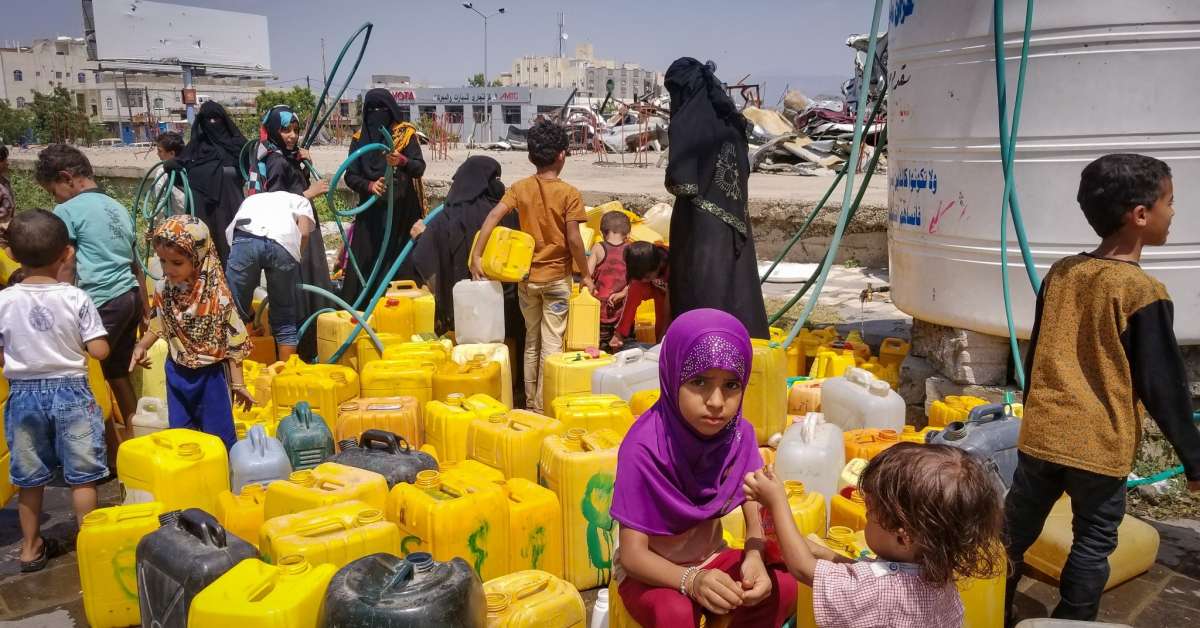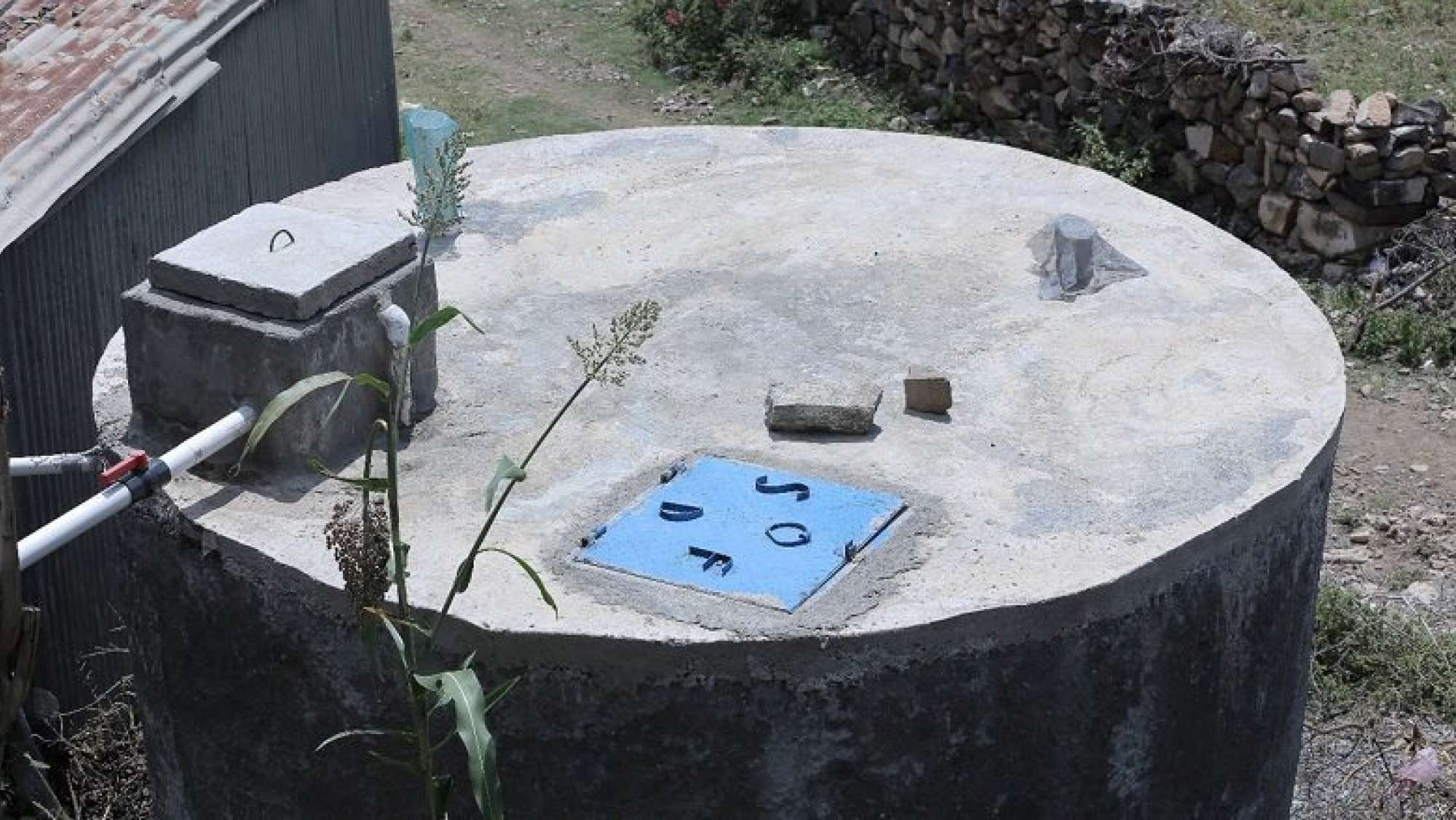19 October 2022
RAINWATER HARVESTING AROUND THE WORLD – YEMEN
As one of the most water-stressed countries in the world, Yemen has long battled with water insecurity. Using household rainwater harvesting tanks has enabled communities to collect and store rainwater in large quantities instead of relying on polluted public water harvesting pools.

It’s said that a single gentle rain makes the grass many shades greener… but rain also can potentially serve both domestic and agricultural production needs by rainwater harvesting, so it can be added that rain makes human life many shades safer and happier. Rainwater Harvesting is acknowledged as a sustainable source of water with less environmental impact.
The use of harvested rainwater for domestic use and drinking water is becoming increasingly popular and necessary as drinking water availability is becoming a critical problem worldwide. As one of the most water-stressed countries in the world, Yemen has long battled with water insecurity. In 2012 the Water Stress index ranked Yemen seventh receiving the distinction of “extreme risk” due to water shortage.

“Our children cry day and night because of the lack of food and clean water… There are times that I wish for death instead of living this life” (Abdelaziz 2017).
It is estimated that the current water network reaches only 30 per cent of the Yemeni population or less, and 17.8 million people lack access to safe water and adequate sanitation services. Unsafe water, poor sanitation and hygiene are directly linked to malnutrition, morbidity, and mortality in rural Yemen. Women and children need to walk for miles to fetch clean water, exposing them to further risks related to the conflict in Yemen. Also, studies
show that the Yemen water crisis fuels these conflicts.
Water scarcity has been a perpetual threat throughout Yemen's history; hence Yemen has had a long history of water harvesting. The great historical Mar’ib dam in central Yemen is the first water harvesting system in history built in the Arab region.
“When the well is dry, we learn the worth of water." - Ben Franklin, Poor Richard's Almanac 1733
The World Bank supports a broad effort to improve access to water and sanitation services through partnerships with United Nations agencies such as UNDP, UNOPS, UNICEF and WHO. The World Bank and its partners worked with the communities to build their own rainwater harvesting schemes to improve access to potable water and support families in three villages: Al-Adn (Ba’adan in Ibb), Al-Anin (Wasab Al-Aali), Dhamar, and Hawf (Al-Mahra). The project paid local workers for their part in constructing rainwater harvesting systems in the three villages, providing families with additional income, and creating an opening for women to manage an economic activity that is essentially located in, or adjacent to, their homes while providing supplemental water.

Rainwater harvesting tank made from locally available materials.
Photo: World Bank's International Development Association (IDA) / Yemen Emergency Crisis Response Project (YECRP) / United Nations Development Programme (UNDP) / Social Fund for Development / Yemen Public Works Project
Using household rainwater harvesting tanks has enabled communities to collect and store rainwater in large quantities instead of relying on polluted public water harvesting pools.
The Yemen Emergency Crisis Response Project of the International Development Association framework was implemented by the United Nations Development Program in partnership with the Social Fund for Development and the Public Works Project in Yemen. This water conservation project has supported the construction of 30,686 domestic water tanks and 1279 public rainwater harvesting tanks across Yemen, providing nearly 900,000 cubic meters of clean water.
Around 3.36 million people gained access to improved water sources in cholera-affected areas of the country and 3.24 million gained access to sanitation services through the Emergency Health and Nutrition Project. The Yemen Integrated Urban Services Emergency Project supported 16 urban areas to rehabilitate a water system and 113 wells, providing more than 1.1 million people with access to water and sanitation.
In addition to improving access to potable water, these projects have created paid employment opportunities for Yemeni families, and rainwater Harvesting has helped mitigate the effects of global warming.
"Sometimes we used to stay for days without water, but the problem is over. What we are in now is a dream that has come true," says Ali Bakrit, a 41-year-old resident of Hawf District.
References:
http://rais.education/wp-content/uploads/2018/11/25902744.pdf


